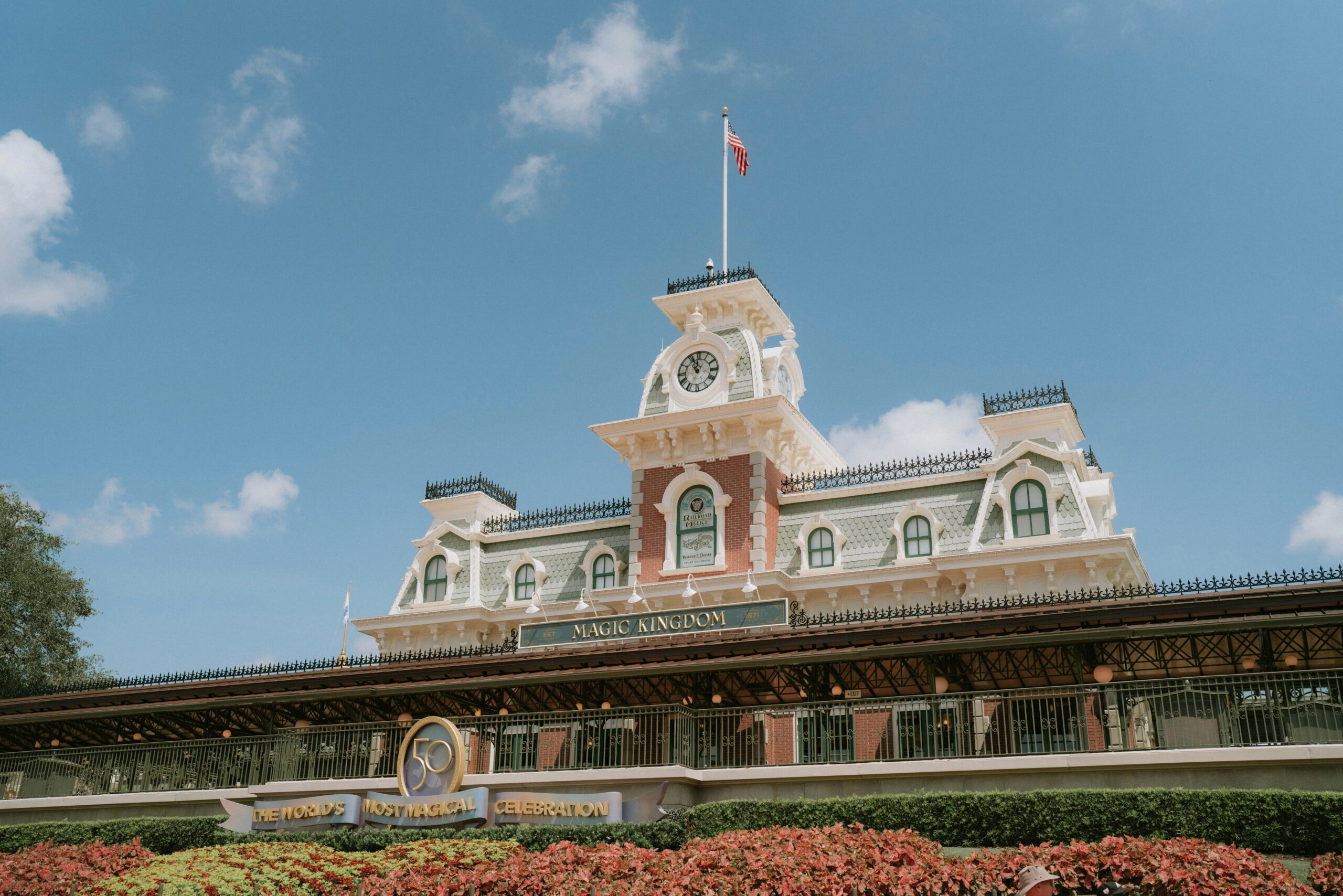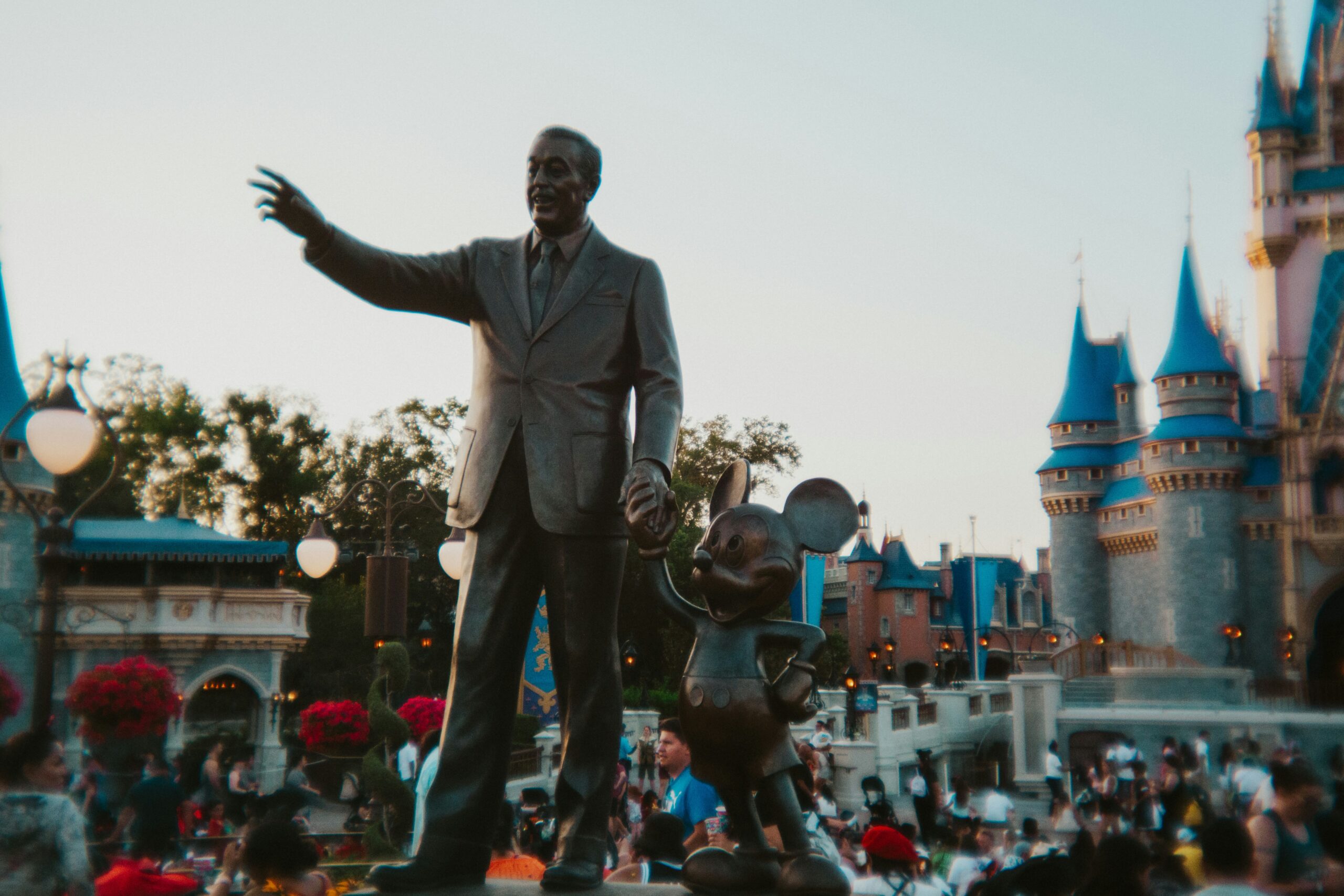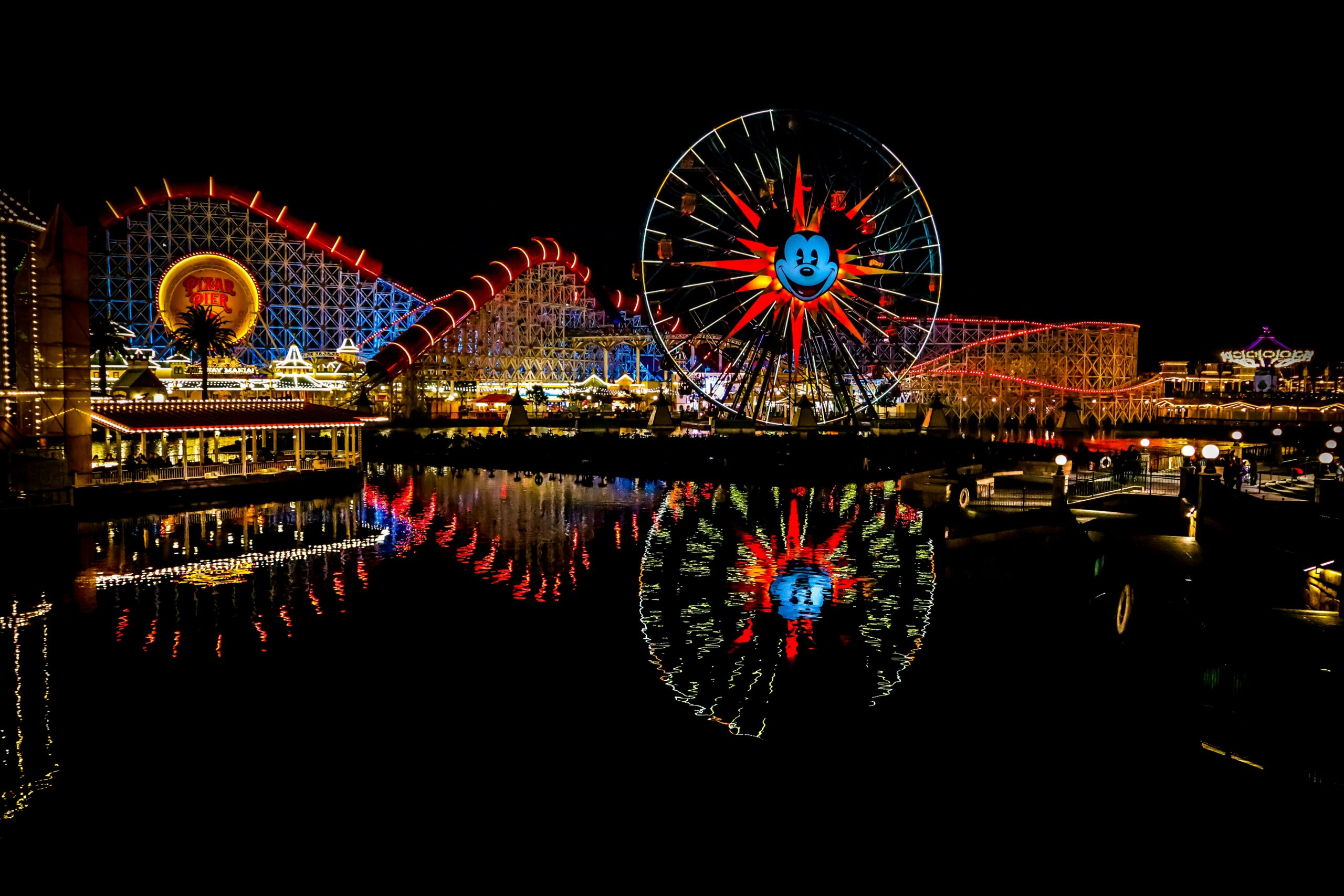Walt Disney World’s Magic Kingdom is often hailed as the heart and soul of the entire resort, and a big part of its charm lies in Main Street, U.S.A. This iconic entrance area isn’t just a whimsical corridor leading you into the realms of fantasy and adventure; it’s a lovingly crafted tribute to small-town America in the early 20th century. Every brick, sign, and window tells a story, and every corner is sprinkled with delightful details that many guests might walk right past without noticing. But for those who take a closer look, Main Street is a treasure trove of history, imagination, and Disney magic blended seamlessly together.
In this article, we’re going to dive into some of the lesser-known fun facts and historical inspirations behind Main Street, U.S.A. at Magic Kingdom. Whether you’re a seasoned Disney fan or planning your first visit, these insights will deepen your appreciation for the subtle storytelling elements that make Main Street such a special experience. So, let’s lace up our walking shoes and stroll down memory lane, exploring the vibrant layers of history and whimsy Disney built into this beloved entryway.
The Origins: Walt Disney’s Hometown Dream
Main Street, U.S.A. is not just a random creation but rather a heartfelt homage to Walt Disney’s childhood hometown, Marceline, Missouri. Walt often spoke fondly of Marceline, a small railroad town where he spent much of his early years. The warm sense of community, the charm of the local shops, and the slower pace of life left a lasting impression on him. When the Imagineers set out to design Magic Kingdom’s entrance, Walt wanted guests to feel as if they were stepping back into that simpler, idyllic era.
Every building on Main Street was inspired by the architecture and storefronts Walt remembered from Marceline and similar towns. The design combines Victorian and early Edwardian styles, which were prevalent at the turn of the 20th century. This intentional period detail not only evokes nostalgia but also perfectly frames the transition from the real world into a place of fantasy. Walking down Main Street is feeling like you’re stepping into a living postcard from 1900 America.
Hidden Mickeys and Other Subtle Touches
One of the most fun aspects of Main Street, U.S.A. is the abundance of “Hidden Mickeys” – subtle representations of Mickey Mouse’s iconic silhouette cleverly integrated into the architecture, décor, and landscaping. Keep your eyes peeled on building facades, light fixtures, and even the pattern of cobblestones. These little Easter eggs offer a delightful scavenger hunt for observant guests of all ages.
Beyond Mickey, some windows in the upper floors of Main Street’s buildings display names of Disney Imagineers and other key figures who contributed to the park’s creation, often disguised as shop signs or advertisements. For example, you might spot the names of important Disney legends like Harper Goff or Marvin Davis etched into the glass, paying tribute to those behind the scenes.
The Main Street vehicles themselves add another layer of charm and authenticity. The horse-drawn streetcars, double-decker buses, and vintage fire engines aren’t just for show; they provide guests a slow-paced, immersive experience while zipping past the joyful crowds. The vehicles are modeled after early 1900s designs, reinforcing that turn-of-the-century vibe.
The Storytelling Behind the Shops and Restaurants

Every shop and eatery on Main Street, U.S.A. tells its own story too. Names like the Emporium, the Confectionery, and the Crystal Arts aren’t chosen at random; they reflect the typical businesses you’d find in a bustling small-town American main street a century ago. The Emporium, for example, was inspired by old-time variety stores that sold everything from toys to household goods.
Inside the Confectionery, you can catch the smell of freshly made candy and watch artisans craft sweets by hand, reminiscent of an old-fashioned candy shop where families might have stopped on a Saturday afternoon. Even the packaging and signage inside these shops reflect vintage typography and design styles, immersing guests in the era.
One of the unique eateries, the Plaza Restaurant, continues the theme with its turn-of-the-century charm. It offers classic American fare in a setting that feels like stepping into a genteel town dining room from 1903. The attention to detail here extends to the menu design and even the uniforms worn by servers.
Architectural Nuances: More Than Meets the Eye
The Imagineers paid extraordinary attention to architectural details, creating a look that feels authentic without being rigidly historical. For example, the buildings are intentionally scaled and shaped to create forced perspective. Taller buildings at the end of Main Street are designed with smaller windows and decorative elements as they rise, giving the illusion they are even taller than they are. This technique helps draw your eye toward Cinderella Castle, the park’s iconic centerpiece.
Another subtle detail is the use of period-appropriate materials and paint colors. The muted pastels, intricate wrought-iron work, and stained glass all contribute to a cohesive look that’s both inviting and historically resonant. Many of the facades include intricate carvings and embellishments that tell stories, such as floral motifs or whimsical animals, adding a layer of artistry that often goes unnoticed on a hurried walk-through.
Additionally, the sidewalks themselves are crafted to replicate the brick and cobblestone paving common in early 20th-century towns, complete with brass plaques commemorating significant Disney milestones and contributors embedded here and there.
Main Street’s Role in Setting the Mood for the Entire Park
Main Street, U.S.A. isn’t just a place to buy souvenirs and grab a snack; it’s a carefully curated mood-setter that primes guests for the adventures ahead. The music that gently plays here features ragtime piano, barbershop quartets, and early jazz, perfectly capturing the soundscape of an American town in 1900.
The ambient sounds — horse hooves clopping, the streetcar bell ringing, and the friendly chatter of cast members — create a living environment that feels both nostalgic and welcoming. This attention to sensory details helps guests mentally transition from the real world into a space where imagination runs free.
Moreover, Main Street’s clean, sunny, and cheerful streets provide a perfect photo backdrop and gathering place, welcoming guests of all ages. It’s also a space that celebrates community, reflecting Walt Disney’s vision of a place where families and friends could come together in joyful harmony.
Celebrations and Seasonal Magic on Main Street
Over the years, Main Street, U.S.A. has also become a canvas for seasonal and special-event celebrations. During holidays like Christmas and Halloween, the street transforms with elaborate decorations that still keep the historic charm intact. Twinkling lights wrap around the lampposts, wreaths decorate the windows, and festive banners flutter in the breeze.
These decorations do more than provide spectacle — they deepen the immersive storytelling by blending tradition and celebration in ways that feel authentic to that early 20th-century town. For example, Christmas on Main Street often includes vintage-style ornaments and Victorian-era holiday motifs that echo the period’s celebratory customs.
Regular parades and character appearances also wind down Main Street, further









Comments (0)